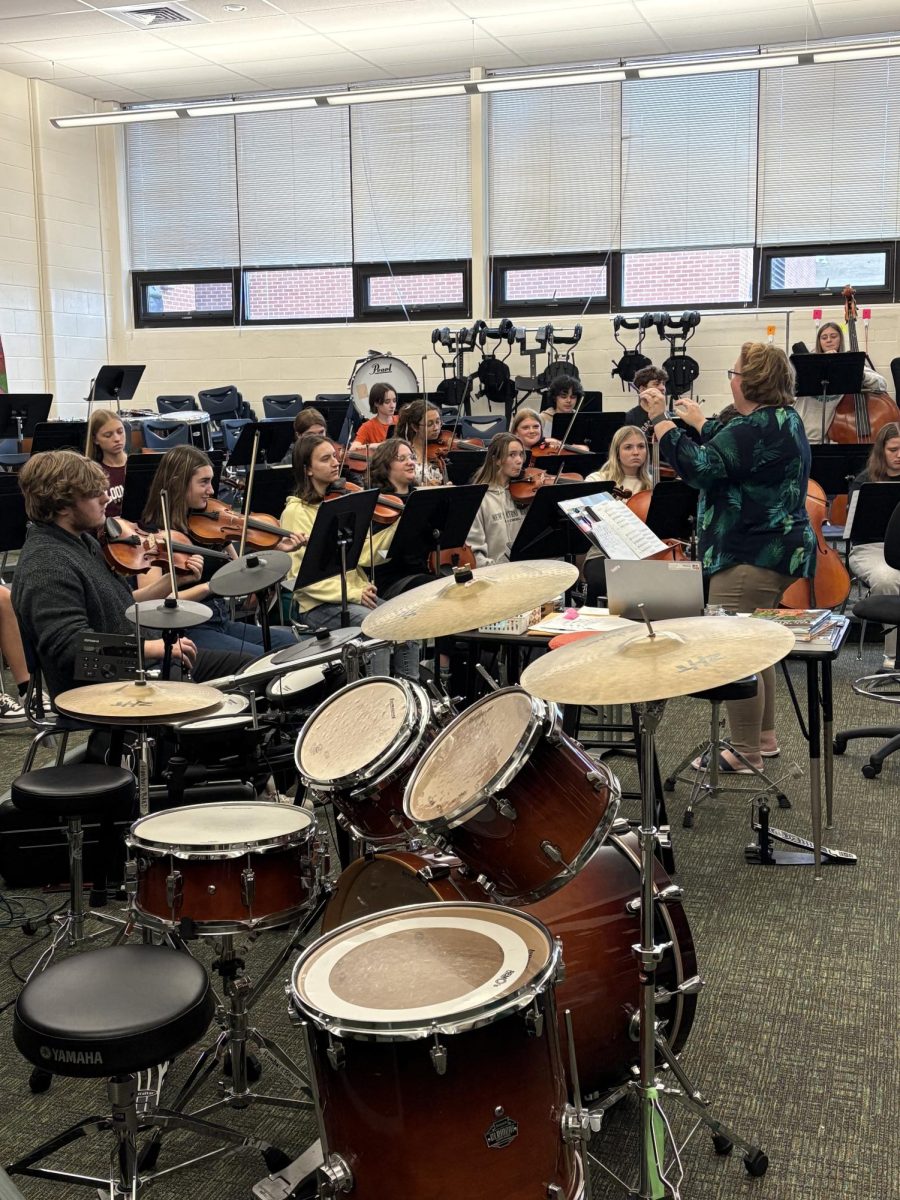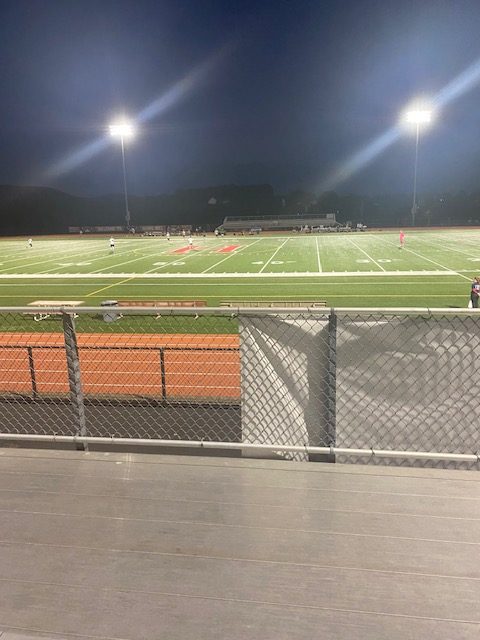One of the most obvious differences is the classroom system. In Germany, students usually stay together in one room with the same classmates throughout the day, and the teachers move from class to class. At high school, the students are the ones who move between classrooms for every subject. This system gives students the chance to meet different people in each class, but it can also make the hallways crowded and busy.
In both countries, a lesson usually lasts about 45 minutes, but the school day is organized differently. In Germany, students have longer breaks after certain blocks of lessons: a 20-minutes break after the first two lessons, a 15- minute break after the next two, during which they can eat food brought from home in lunchboxes. After the next two lessons, there is a 40- minute lunch break, during which students can choose to go to the cafeteria or spend time outside on the schoolyard, where there are benches and climbing structures for younger children. Following the lunch break between other lessons. Short five minute breaks between other lessons allow students to rest or move to another classroom if needed.
At Hamburg Area high school, students also have 45 minute classes, but the schedule is more uniform, and the breaks are shorter compared to the longer German pauses. This means that German students have more time to eat and prepare between lessons, while American students move quickly from class to class.
The school buildings also show clear differences. Many German schools have several floors, with students moving up and down stairs between classes. Hamburg Area High School, like many other schools, is spread out one one level connected by long hallways.
Subjects also highlight contrasts. Both systems include mathematics, english and science. In German schools, algebra and geometry are often combined into one subject and taught in the same class period. American schools usually offer more electives, such as art or technology on traditional subjects, with fewer opportunities for students to choose their own courses.
Another major difference is the structure of the school system. In Germany, children first attend primary school from grades 1 to 4. After that, they go to a secondary school, which can be a general school from grades 5 to 10 or a Gymnasium from grades 5 to 12. After finishing secondary school, students attend a university. In the United States students attend high school for grades 9 to 12, after which they may go on to college or university.
Extracurricular activities are another major difference. In the United States sports teams, clubs, and events like football games are central to student life and even to the wider community. In Germany, activities such as sport or music usually take place outside of school in independent clubs, so the school day is more focused on academics.
Even daily routines are not the same. In the U.S. many students take the yellow school bus and eat lunch in the cafeteria. In Germany, students often walk, bike or take public transportation, and because school finishes earlier, many eat at home or during longer breaks from their own lunchboxes.
Despite the differences, there are also many similarities. Teachers in both countries care deeply about helping their students succeed. Friendship plays a key role in school life, and students everywhere look forward to holidays and breaks. Whether in Hamburg, Pennsylvania, or in Germany, school is more than academic; it is also a community where young people grow, learn and make memories.





























